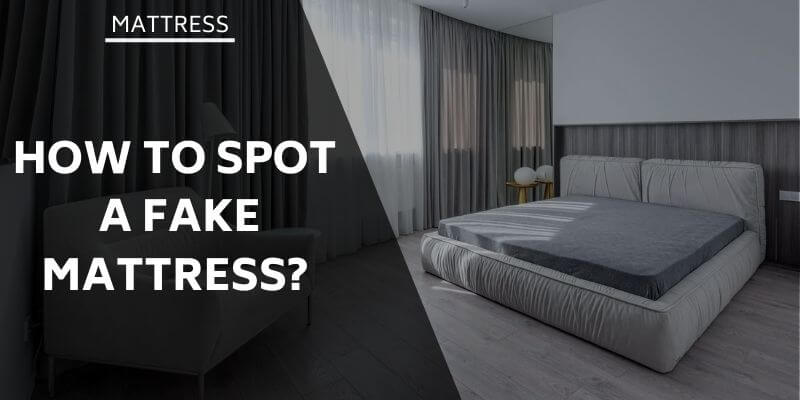
Introduction:
The mattress industry has evolved significantly over the years, offering consumers a wide array of choices. However, with this abundance comes the challenge of distinguishing between original and fake mattresses. In this article, we’ll explore the key differences and provide insights to help you make an informed decision when investing in a good night’s sleep.
Original Mattresses: Quality and Assurance
Original mattresses, produced by reputable manufacturers, are crafted with precision and attention to detail. These companies invest in research, development, and testing to create products that meet industry standards and consumer expectations. Original mattresses often come with certifications, such as CertiPUR-US or Oeko-Tex, ensuring that the materials used are safe and of high quality.
Quality materials contribute to the durability and comfort of original mattresses. High-density foams, supportive springs, and breathable fabrics are commonly found in these products. Original mattresses also undergo rigorous testing for factors like motion isolation, edge support, and durability, ensuring a satisfying and lasting sleep experience.
Furthermore, reputable mattress brands usually offer transparent information about the materials used in their products. This transparency allows consumers to make informed choices based on their preferences and needs. Additionally, warranties and customer reviews provide further assurance of the product’s quality and durability.
Fake Mattresses: The Pitfalls of Counterfeits

Unfortunately, the rise in demand for quality mattresses has led to the emergence of fake products in the market. Counterfeit mattresses attempt to imitate the appearance of well-known brands but often fall short in terms of quality and safety.
One of the primary concerns with fake mattresses is the use of substandard materials. These materials may lack the necessary certifications, posing potential health risks due to the presence of harmful chemicals. Counterfeit mattresses may also lack proper ventilation, leading to discomfort and increased heat retention during sleep.
Counterfeit products often cut corners in manufacturing, resulting in poor construction and reduced durability. This compromises the mattress’s ability to provide adequate support over time, leading to discomfort and potential health issues. Additionally, fake mattresses may not undergo the same testing processes as genuine products, leaving consumers in the dark about their performance and safety.
Spotting the Differences:
To avoid falling victim to counterfeit mattresses, consumers should be vigilant and informed. Here are some key factors to consider:
Brand Reputation:
Stick to well-established brands with a positive reputation. Research customer reviews and ratings to gauge the experiences of others with a particular mattress brand.
Certifications:
Genuine mattresses often come with certifications that attest to their quality and safety. Check for certifications such as CertiPUR-US, Oeko-Tex, or other relevant industry standards.
Transparency:
Reputable brands are transparent about their manufacturing processes and materials. If the information is unclear or unavailable, it may be a red flag.
Price Discrepancies:
Be wary of deals that seem too good to be true. Counterfeit mattresses may be priced significantly lower than their genuine counterparts.
Conclusion:
Investing in a mattress is an investment in your well-being, and it’s crucial to make an informed decision. Original mattresses from reputable brands offer quality, comfort, and durability, backed by certifications and transparent information. On the other hand, fake mattresses present potential health risks, subpar construction, and a lack of quality assurance.
By staying informed and prioritizing reputable brands, consumers can navigate the mattress market with confidence, ensuring a restful night’s sleep on a product that meets the highest standards of quality and safety.
